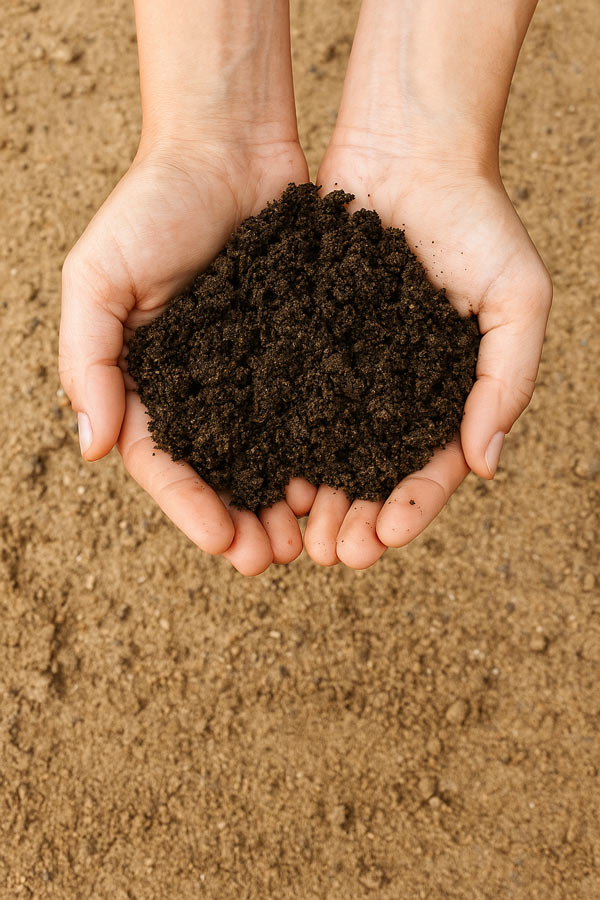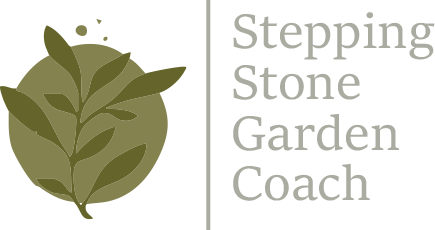 If you’ve ever tried to grow a garden in Florida and felt like your plants were drying out, wilting, or simply refusing to thrive—despite your best efforts—you’re not alone. Florida’s sandy soil drains quickly, holds little organic matter, and doesn’t do your plants many favors. But here’s the good news: with a little strategy and a few natural additions, you can turn sand into soil and transform your garden into a thriving, lush oasis.
If you’ve ever tried to grow a garden in Florida and felt like your plants were drying out, wilting, or simply refusing to thrive—despite your best efforts—you’re not alone. Florida’s sandy soil drains quickly, holds little organic matter, and doesn’t do your plants many favors. But here’s the good news: with a little strategy and a few natural additions, you can turn sand into soil and transform your garden into a thriving, lush oasis.
Florida’s soil is mostly made up of sand particles, which means it drains water too quickly, struggles to hold nutrients, lacks structure, and has almost no organic matter. When you water or fertilize sandy soil, much of it disappears before your plants can use it. That’s not your fault—it’s the nature of the soil. But you can improve it.
The first step is to know what you’re working with. Before adding anything, it’s worth doing a simple soil test. You can use a DIY kit from your local garden center or send a sample to the University of Florida’s Extension office for a more detailed report. You’ll want to check for pH levels, nutrient deficiencies, organic matter content, and how well your soil drains. Understanding your starting point helps you customize your approach—and saves you time and money in the long run.
Next, add organic matter—lots of it. This is the number one secret to improving sandy soil. Organic matter works like a sponge: it holds water and nutrients, feeds soil microbes, and improves structure. Compost is the most powerful and accessible amendment you can add, whether it’s homemade or store-bought. Other great additions include worm castings, aged manure, shredded leaves, and coconut coir. These materials increase the soil’s ability to hold moisture while creating a habitat for beneficial organisms. Mix organic matter into the top few inches of soil and keep adding more each season. Building soil is an ongoing process, not a one-time fix.
Mulching is another essential step. Natural mulch helps retain moisture, suppress weeds, and feed the soil as it breaks down. Pine straw, arborist wood chips, shredded leaves, and straw all work well in Florida gardens. Just avoid dyed or rubber mulch, especially in edible gardens. Apply mulch two to three inches deep, keeping it a few inches away from plant stems to prevent rot. Over time, your mulch breaks down and becomes part of the soil—another layer of slow, steady improvement.
You’ll also want to shift your mindset from feeding the plant to feeding the soil. Sandy soil lacks life, and your goal is to bring that life back. Use organic fertilizers that feed slowly and support the growth of beneficial fungi and bacteria. Compost tea and worm tea are excellent ways to boost microbial activity. Rotating your crops also helps keep the soil balanced and prevents nutrient depletion. When your soil is alive, your plants don’t just survive—they thrive.
If your in-ground soil is especially poor, raised beds or large containers can give you a head start. With raised beds, you control the quality of the soil from the beginning and avoid some of the frustrations of Florida’s native sand. A rich mix of compost, topsoil, and coconut coir or peat moss can support a productive garden right away. Raised beds also help with drainage, reduce weeding, and are easier to manage for new gardeners.
It’s important to remember that soil building takes time. You won’t fix sandy soil in a single weekend. But each season you add compost, mulch, and care, your garden improves. Even experienced gardeners—myself included—have had compost piles that didn’t quite take or plants that struggled. The key is to keep observing, keep amending, and keep going. Nature responds to consistency.
And if you’re tired of guessing, Googling, or hauling bag after bag of soil amendments without seeing the results you want, I can help. As a garden coach based in Central Florida, I work with clients to design, plant, and care for successful gardens—even in tough soil. Whether you’re starting fresh or need help reviving a tired garden bed, I offer personalized guidance to make the process easier and more enjoyable.
You don’t have to figure it out alone—schedule a free consultation today. Let’s turn your garden dreams into roots, shoots, and blooms.
Florida soil may start out sandy, but with the right care, it can grow something spectacular.
